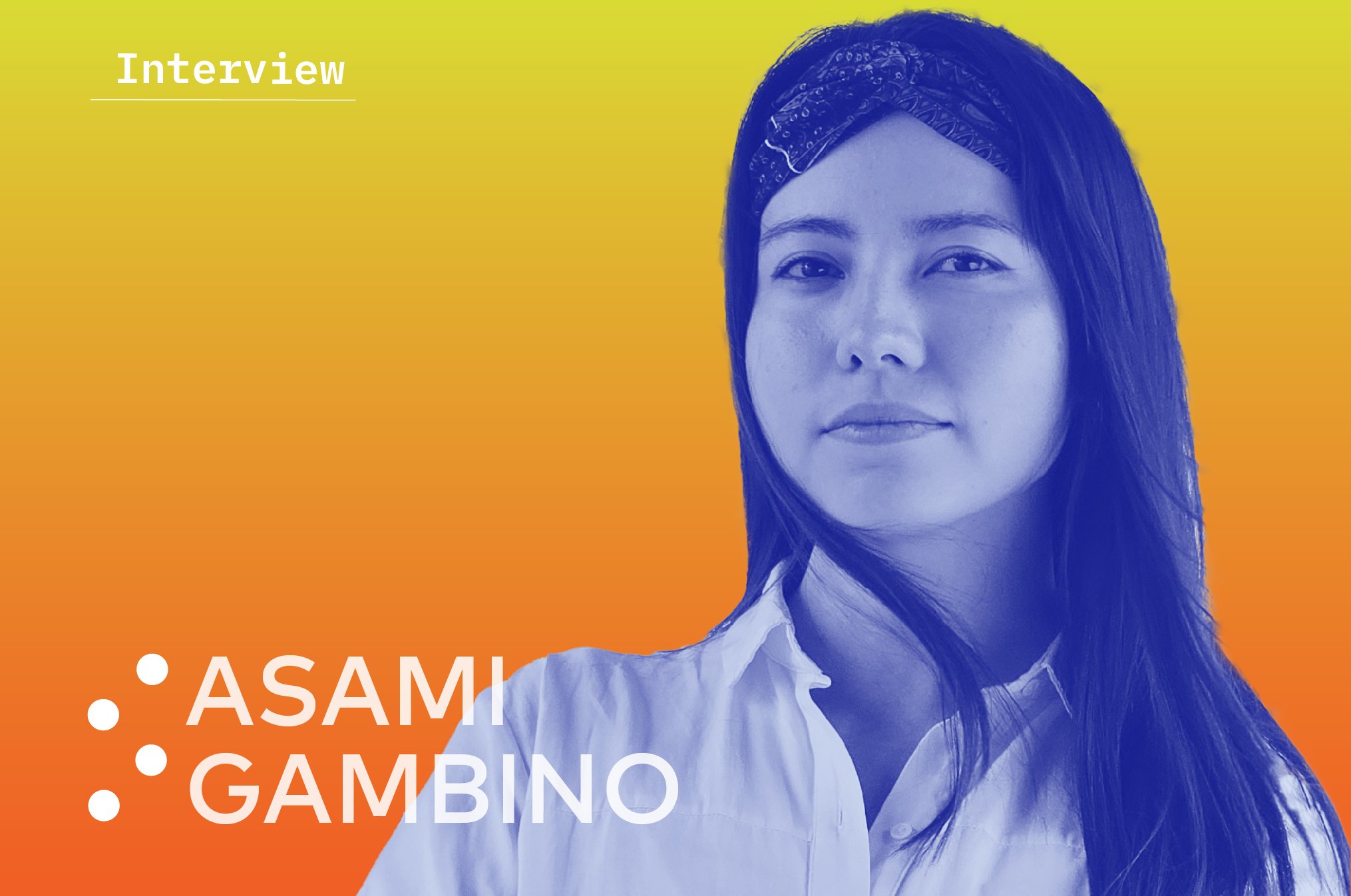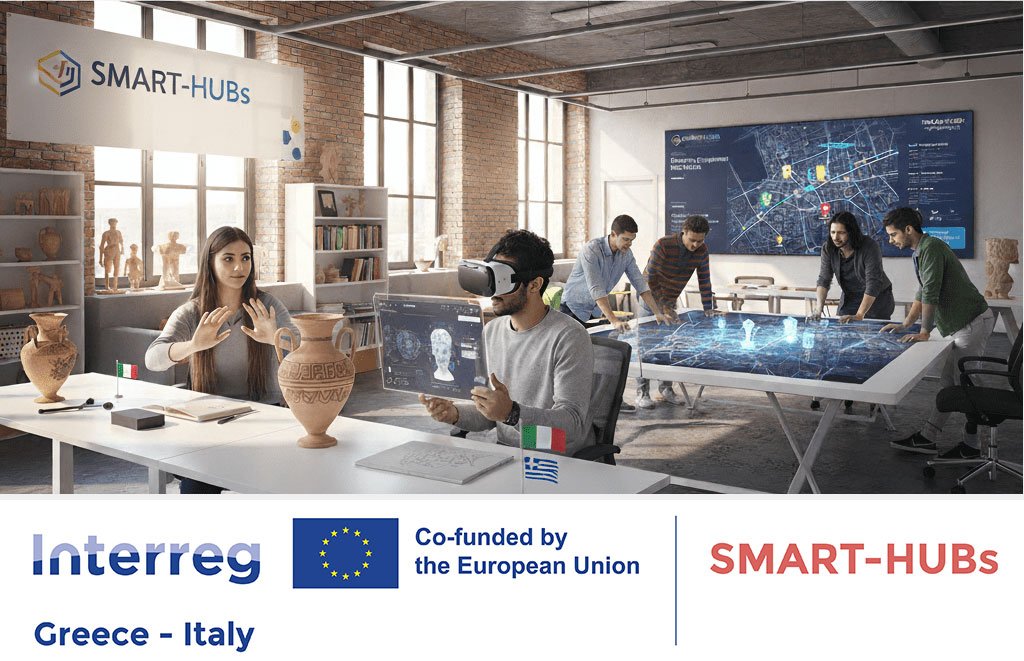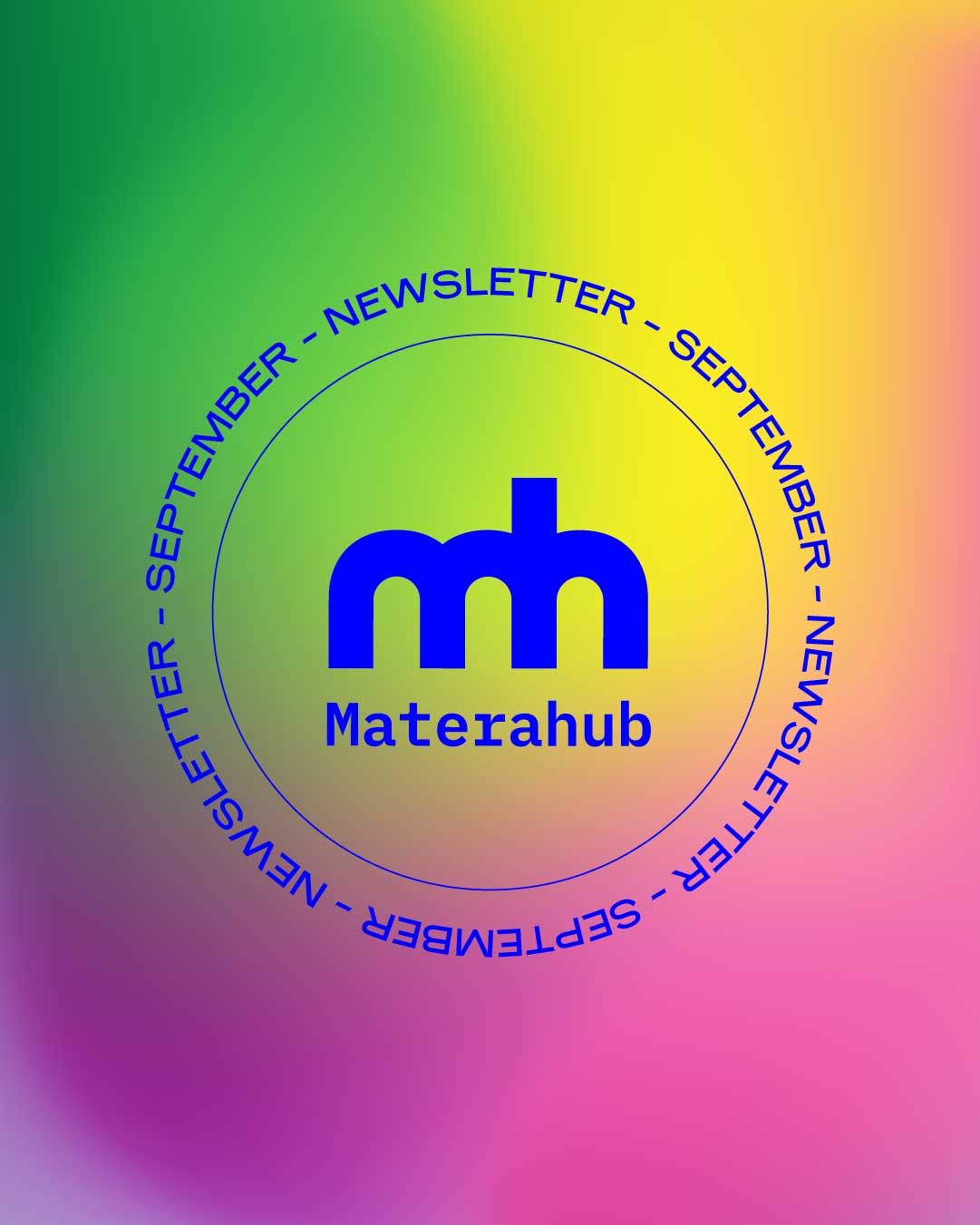In March 2025, Materahub was selected among 75 Italian organisations to take part in the Green Culture capacity-building program, a project designed to support cultural institutions in their ecological transition and led by Circolo del Design, Fondazione Santagata, and Legambiente Piemonte e Valle d’Aosta. Throughout this intensive training, Materahub and the other participants were paired with Green Coordinators—creative and strategic professionals from diverse backgrounds—tasked with co-designing a three-year roadmap for ecological transition, to be finalised by summer 2026.
This plan lays the groundwork for measurable action, including digital waste protocols, low-impact data management systems, and an open-access repository of best practices, all guided by the conviction that true change in the cultural sector must be both actionable and inspiring.
To share more about this journey, and deep dive into this new emerging professional profile, we interviewed Asami Gambino, Materahub’s passionate and dedicated Green Coordinator.

Hi Asami and thanks for having taken this time to reflect and conversate with us. To start, tell us a bit about yourself: how would you define your profession, and what role did you play in the Green Culture project?
I define myself as a creative generalist, with a background in visual communication and graphic design, and cross-disciplinary experience in strategy, facilitation, and team leadership. Over the years, I’ve taken on a variety of “hybrid” roles that resist a single label—hence my choice to embrace this definition. My career has spanned startups, incubators, and social impact organizations, where I’ve led communication teams, designed internal workshops, developed content strategies, and supported organizational development and strategic goal-setting across departments. If there is a common thread running through these experiences, it is my drive to transform complexity into clarity—whether through a visual identity, an onboarding journey, a communication campaign, a strategic workshop on OKRs, or an ecological transition plan. This ability to synthesize is what fuels my passion for design, complex systems, and facilitation.
More recently, I’ve chosen to focus on service design and systems thinking, which is what drew me to the Green Culture program working with organization to co-design ecological transition plans through service design tools.
What was it like to take part in the Green Culture program, and how did your collaboration with Materahub unfold?
As aspiring green coordinators, we came from a wide range of professional backgrounds—some rooted in the cultural and creative industries, others in the environmental field, and others still in design. Meeting regularly allowed us to exchange perspectives and merge our passions, skills, and expertise. The experience enriched me professionally, but even more profoundly on a personal level.
Both online and in-person workshops gave us the chance to learn directly from the partner organizations, who generously shared their knowledge, tools, and methods. This training phase proved invaluable in preparing us for the next step: co-designing the ecological transition plan for the organization each of us was paired with.
The matching process was guided by our skills, experiences, and personal interests. With my background in entrepreneurship, startups, and international social impact, I was especially excited to be assigned to Materahub, an organization committed to innovation and development within the cultural and creative industries. From the very beginning, my collaboration with Materahub was close and constructive, thanks above all to working alongside Giulia Fornari, the project lead, whose professionalism I greatly admire. I also had the opportunity to deepen my understanding of Materahub through interviews with team members across departments and leadership. These conversations strengthened my appreciation for an organization with such a clear vision of its potential, its role, and the values it seeks to promote.
Every partner has its own unique qualities. Which specific aspects of Materahub did you highlight and build upon in designing and implementing
- Strong internal governance
Materahub achieved a 100% score in the sustainability of its internal processes and in its policies to reduce energy, water, and material consumption. Conversations with staff and leadership confirmed the organization’s deep awareness of its role as a driver of innovation and sustainability. The operational plan was therefore designed to translate this awareness into concrete, measurable actions—turning potential into tangible impact. - A catalyst role with both local roots and international reach
Materahub acts as a connector, bringing together artists, cultural and creative industries, associations, public institutions, academia, and the private sector. This strong local presence is paired with an international outlook, thanks to its active involvement in European programs. Such positioning allows Materahub to promote sustainability strategies that extend well beyond its immediate network, both locally and globally. - Team sensitivity and motivation
The staff at Materahub already demonstrate strong awareness of environmental and social issues, making the organization naturally well-prepared for sustainable project management. What impressed me most, however, was their desire to go further—to turn shared values into structured, replicable, and scalable practices. This motivation inspired me to design targeted actions aimed at meeting the needs of a team so engaged and committed to these themes.
Ecological transition is widely discussed today. Why is it important to address this issue within the Cultural and Creative Industries (CCIs)?
The Cultural and Creative Industries (CCIs) have a crucial role in driving ecological transition for several reasons. First, CCIs can act as promoters and facilitators, helping to integrate sustainability into the business models of their peers and partners. Like all sectors, CCIs consume resources and generate environmental impacts, which must be measured, reduced, and managed responsibly.
Second, given their existing focus on social impact and cultural promotion, it is a natural evolution for CCIs to raise awareness and educate audiences about sustainability—through cultural products, projects, and capacity-building initiatives.Beyond this multiplier effect, culture and creativity are fundamental to society’s identity. The cultural sector must therefore play an active role in social and environmental transformation, driving a cultural revolution that preserves both natural and cultural heritage for future generations, while fostering new jobs, innovation, and competitiveness within the sector.
Ultimately, sustainability is not just a technological or economic challenge—it requires a shift in how we think and act. This transformation can only succeed with the full engagement of the cultural and creative industries.






